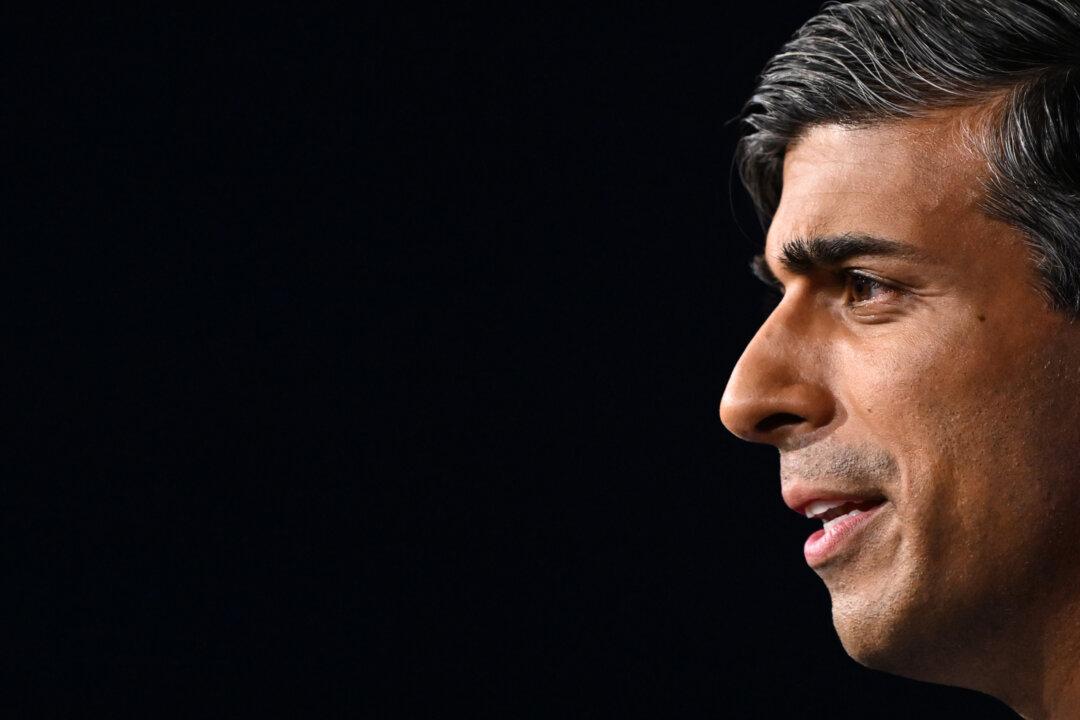Commentary
March was a bad month for the Dodd–Frank Act. We now know that Dodd–Frank, enacted in the wake of the 2007–2008 banking crisis, doesn’t prevent bank runs. Neither do post–2008 arrangements tell depositors whether large deposits are safe or should be withdrawn with a swipe on a smartphone. This time, uninsured deposits were bailed out.





